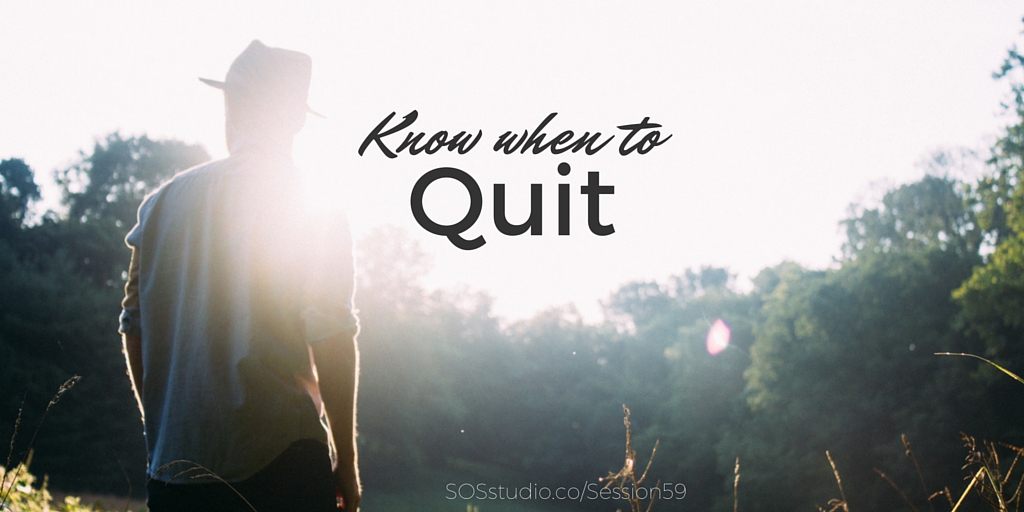Sales and marketing can be a time consuming process, especially for B2B companies with lengthy onboarding processes and high-value products and services. The problem with that is that it can lead to your employees investing huge amounts of time on dead ends, dialling up prospects who have no intention of ever becoming a customer.
This is similar to the dilemma that Seth Godin refers to in his non-fiction book, The Dip: The Extraordinary Benefits of Knowing When to Quit (and When to Stick). It can be difficult to know when to bail on something when there’s a chance that you’re just in a dip and you’re about to climb back up the other side of it. Godin mainly talks about business as a whole, but many of the same concepts apply to sales and marketing.
What’s interesting about knowing when to stick and when to quit is that it’s half science and half art, with a little intuition thrown in for good measure. It’s not quite as simple as looking at the metrics and deciding whether something is working. You need to consider a whole heap of different factors, and you also need to remember that historical performance isn’t necessarily an indicator of what’s going to happen in the future.
Factors to consider
It doesn’t matter whether we’re talking about sales or marketing because it’s largely the same set of factors that will impact your decision of whether to stick or to quit. The first thing to mention is that your sales and marketing efforts should always tie back to your business goals. So if it’s vital for your company to score a few quick sales then the way that you act will be very different to if the priority is to generate new leads for the following financial year.
It can also help to consider the context with which you’re reaching out to people. If it’s the peak season in your target industry then people are less likely to have the time to talk to you. In this instance, it’s easy to quit altogether with the assumption that a prospect just isn’t interested, but a better approach is to put them on hold for a while and to reach out to them again when they’re less busy.
But the honest truth is that when it comes to deciding whether to stick or to quit, the number of potential factors is almost unlimited. Perhaps the weather has an impact, or perhaps certain times or days of the week are better than others. The key is to identify which factors have an impact on you and then to use them when deciding whether to stick or to quit. Don’t just blindly quit because your gut says it’s the right thing to do. Follow your gut, but use a mixture of both gut and brain for the best results.
Conclusion
Knowing when to stick and when to quit is difficult, which is why a lot of people find themselves just constantly sticking and hoping for the best. The problem is that it’s an inefficient use of time, and if your employees are doing that then it’s unlikely that you’re getting the best possible performance from them. Instead, foster a culture in which people are encouraged to quit if they think they’re wasting their time so that they can spend that time doing something more productive. Good luck.
Struggling with sales and marketing? Don’t worry – we’re here to help you to gather the leads you need to boost your business. Request a demo of Bant.io to find out how we can help your company to grow by sending hot B2B leads directly to your inbox. You won’t regret it.


